Baiang Li
Matting by Generation
Jul 30, 2024



Abstract:This paper introduces an innovative approach for image matting that redefines the traditional regression-based task as a generative modeling challenge. Our method harnesses the capabilities of latent diffusion models, enriched with extensive pre-trained knowledge, to regularize the matting process. We present novel architectural innovations that empower our model to produce mattes with superior resolution and detail. The proposed method is versatile and can perform both guidance-free and guidance-based image matting, accommodating a variety of additional cues. Our comprehensive evaluation across three benchmark datasets demonstrates the superior performance of our approach, both quantitatively and qualitatively. The results not only reflect our method's robust effectiveness but also highlight its ability to generate visually compelling mattes that approach photorealistic quality. The project page for this paper is available at https://lightchaserx.github.io/matting-by-generation/
Sagiri: Low Dynamic Range Image Enhancement with Generative Diffusion Prior
Jun 13, 2024Abstract:Capturing High Dynamic Range (HDR) scenery using 8-bit cameras often suffers from over-/underexposure, loss of fine details due to low bit-depth compression, skewed color distributions, and strong noise in dark areas. Traditional LDR image enhancement methods primarily focus on color mapping, which enhances the visual representation by expanding the image's color range and adjusting the brightness. However, these approaches fail to effectively restore content in dynamic range extremes, which are regions with pixel values close to 0 or 255. To address the full scope of challenges in HDR imaging and surpass the limitations of current models, we propose a novel two-stage approach. The first stage maps the color and brightness to an appropriate range while keeping the existing details, and the second stage utilizes a diffusion prior to generate content in dynamic range extremes lost during capture. This generative refinement module can also be used as a plug-and-play module to enhance and complement existing LDR enhancement models. The proposed method markedly improves the quality and details of LDR images, demonstrating superior performance through rigorous experimental validation. The project page is at https://sagiri0208.github.io
MIPI 2024 Challenge on Nighttime Flare Removal: Methods and Results
Apr 30, 2024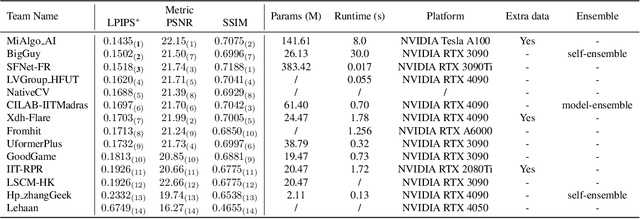

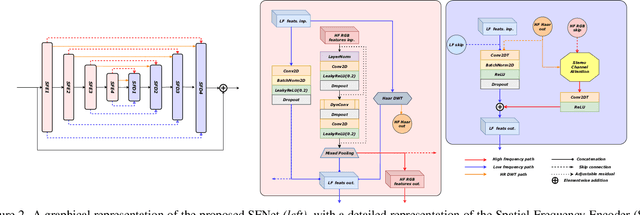
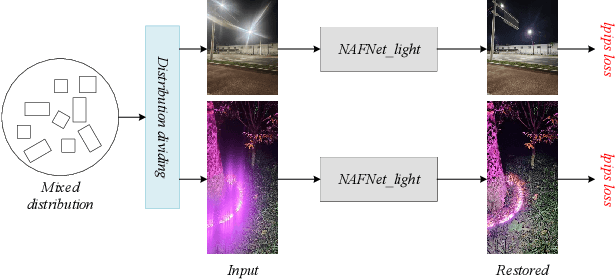
Abstract:The increasing demand for computational photography and imaging on mobile platforms has led to the widespread development and integration of advanced image sensors with novel algorithms in camera systems. However, the scarcity of high-quality data for research and the rare opportunity for in-depth exchange of views from industry and academia constrain the development of mobile intelligent photography and imaging (MIPI). Building on the achievements of the previous MIPI Workshops held at ECCV 2022 and CVPR 2023, we introduce our third MIPI challenge including three tracks focusing on novel image sensors and imaging algorithms. In this paper, we summarize and review the Nighttime Flare Removal track on MIPI 2024. In total, 170 participants were successfully registered, and 14 teams submitted results in the final testing phase. The developed solutions in this challenge achieved state-of-the-art performance on Nighttime Flare Removal. More details of this challenge and the link to the dataset can be found at https://mipi-challenge.org/MIPI2024/.
NTIRE 2024 Challenge on Low Light Image Enhancement: Methods and Results
Apr 22, 2024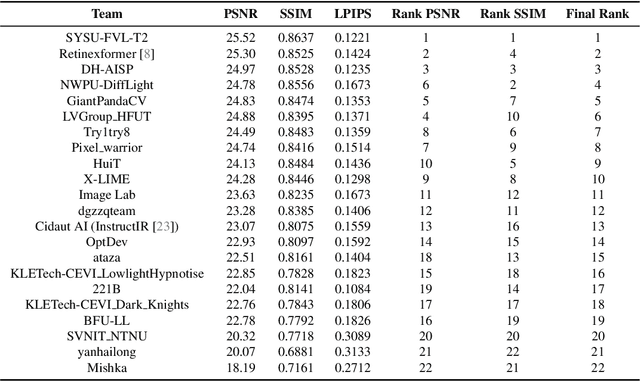

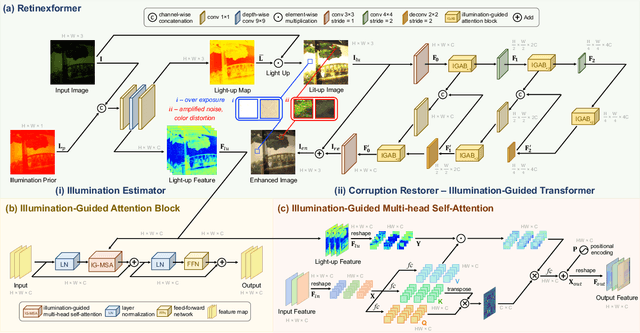

Abstract:This paper reviews the NTIRE 2024 low light image enhancement challenge, highlighting the proposed solutions and results. The aim of this challenge is to discover an effective network design or solution capable of generating brighter, clearer, and visually appealing results when dealing with a variety of conditions, including ultra-high resolution (4K and beyond), non-uniform illumination, backlighting, extreme darkness, and night scenes. A notable total of 428 participants registered for the challenge, with 22 teams ultimately making valid submissions. This paper meticulously evaluates the state-of-the-art advancements in enhancing low-light images, reflecting the significant progress and creativity in this field.
The Ninth NTIRE 2024 Efficient Super-Resolution Challenge Report
Apr 16, 2024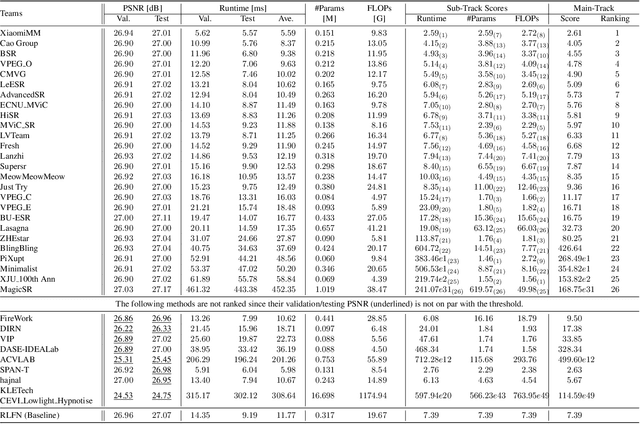
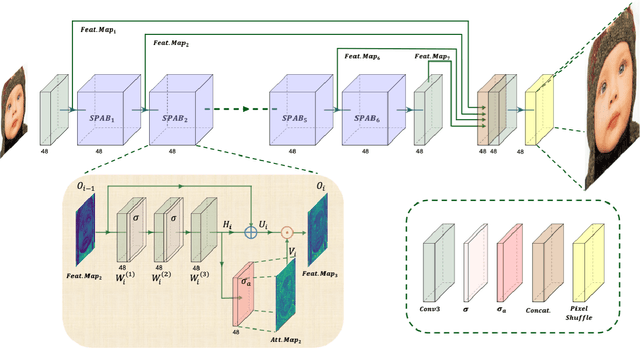


Abstract:This paper provides a comprehensive review of the NTIRE 2024 challenge, focusing on efficient single-image super-resolution (ESR) solutions and their outcomes. The task of this challenge is to super-resolve an input image with a magnification factor of x4 based on pairs of low and corresponding high-resolution images. The primary objective is to develop networks that optimize various aspects such as runtime, parameters, and FLOPs, while still maintaining a peak signal-to-noise ratio (PSNR) of approximately 26.90 dB on the DIV2K_LSDIR_valid dataset and 26.99 dB on the DIV2K_LSDIR_test dataset. In addition, this challenge has 4 tracks including the main track (overall performance), sub-track 1 (runtime), sub-track 2 (FLOPs), and sub-track 3 (parameters). In the main track, all three metrics (ie runtime, FLOPs, and parameter count) were considered. The ranking of the main track is calculated based on a weighted sum-up of the scores of all other sub-tracks. In sub-track 1, the practical runtime performance of the submissions was evaluated, and the corresponding score was used to determine the ranking. In sub-track 2, the number of FLOPs was considered. The score calculated based on the corresponding FLOPs was used to determine the ranking. In sub-track 3, the number of parameters was considered. The score calculated based on the corresponding parameters was used to determine the ranking. RLFN is set as the baseline for efficiency measurement. The challenge had 262 registered participants, and 34 teams made valid submissions. They gauge the state-of-the-art in efficient single-image super-resolution. To facilitate the reproducibility of the challenge and enable other researchers to build upon these findings, the code and the pre-trained model of validated solutions are made publicly available at https://github.com/Amazingren/NTIRE2024_ESR/.
Diving Deep into Regions: Exploiting Regional Information Transformer for Single Image Deraining
Feb 25, 2024Abstract:Transformer-based Single Image Deraining (SID) methods have achieved remarkable success, primarily attributed to their robust capability in capturing long-range interactions. However, we've noticed that current methods handle rain-affected and unaffected regions concurrently, overlooking the disparities between these areas, resulting in confusion between rain streaks and background parts, and inabilities to obtain effective interactions, ultimately resulting in suboptimal deraining outcomes. To address the above issue, we introduce the Region Transformer (Regformer), a novel SID method that underlines the importance of independently processing rain-affected and unaffected regions while considering their combined impact for high-quality image reconstruction. The crux of our method is the innovative Region Transformer Block (RTB), which integrates a Region Masked Attention (RMA) mechanism and a Mixed Gate Forward Block (MGFB). Our RTB is used for attention selection of rain-affected and unaffected regions and local modeling of mixed scales. The RMA generates attention maps tailored to these two regions and their interactions, enabling our model to capture comprehensive features essential for rain removal. To better recover high-frequency textures and capture more local details, we develop the MGFB as a compensation module to complete local mixed scale modeling. Extensive experiments demonstrate that our model reaches state-of-the-art performance, significantly improving the image deraining quality. Our code and trained models are publicly available.
 Add to Chrome
Add to Chrome Add to Firefox
Add to Firefox Add to Edge
Add to Edge